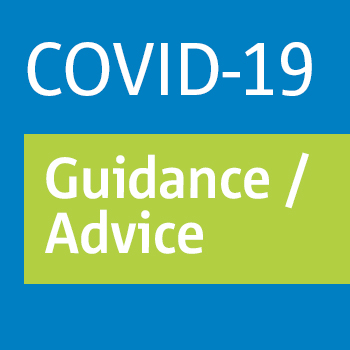
COLOGNE, December 17, 2020 – The European Union Aviation Safety Agency (EASA) published guidance for the safe air transport of vaccines cooled by dry ice, assisting the European aviation industry with the mammoth task of distributing COVID-19 vaccines quickly, efficiently and safely.
Dry ice –the frozen form of carbon dioxide (CO2) – can reliably ensure the cooling of the vaccine to temperatures below -70 °C (-94 °F) which is required for some of the vaccines under development. But dry ice is also considered a dangerous good for air transport, as concentrations of around 5% of gaseous CO2 in breathable air can lead to an excessive concentration of CO2 in the blood while concentrations upward of 10% may cause convulsions, coma and death. Low level concentrations, however, have no discernible negative effects. The normal upper limit in a passenger cabin is <0.5%.
“This guidance makes an important contribution to the global vaccination effort by defining the conditions that must be met at the precautions to take when transporting larger quantities of dry ice on an aircraft, whether in the cargo hold or potentially also in passenger cabins,” said EASA Executive Director Patrick Ky.
“Due to its speed and ability to reach relatively remote geographical areas, air transport is an essential component in the roll-out of COVID-19 vaccines. Our guidance is to ensure the safety of all involved in the transportation process.”
Please see the press release for more information.